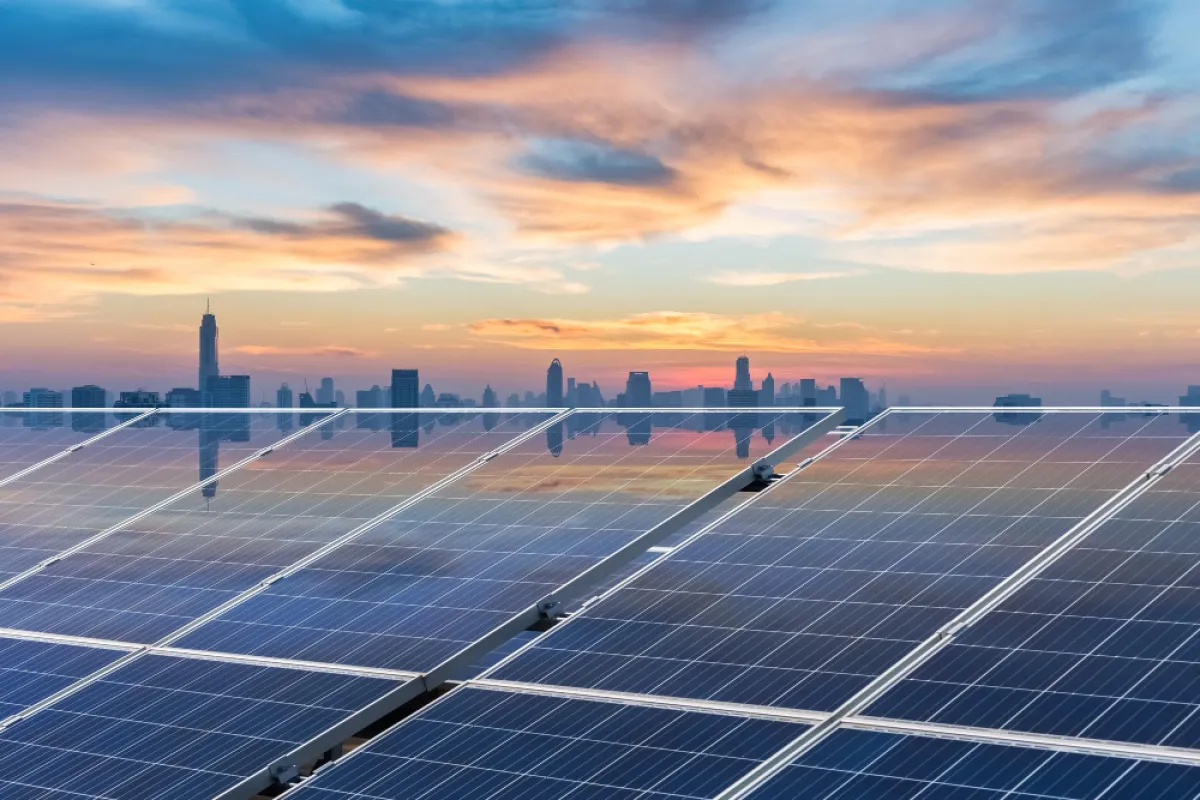
Currently, many communities are increasingly adopting solar cells and solar panels to reduce their reliance on high electricity usage and lower electric bills. Consequently, understanding the intricacies of installing and the cost-effectiveness of using solar cells becomes crucial. Additionally, innovation examples related to solar cells, solar panels, and solar energy have been obtained from the Mintel database (https://www.mintel.com/) since 2020.
Examples of solar cell, solar panel, and solar energy usage are diverse, including:
1. For Buildings (e.g., residential homes, offices, hotels, factories)
Researchers from Stanford University have developed a solar panel that generates power at night. The team devised a device that uses a thermoelectric generator to capture electricity from the small temperature difference between ambient air and the solar cell. This radiative cooling process creates a fraction of the energy produced by solar panels during the day. The solar panel can generate approximately 50 milliwatts per square meter.
Germany's We Do Solar company plans to launch a balcony-installed solar energy kit capable of supplying electricity to household appliances. The kit includes eight separate solar cell panels, a micro-inverter, and a plug. The kit will connect to an application allowing users to check the amount of electricity produced. To start the electricity production, users need to attach the solar cells to a balcony or balcony railing, connect them to the micro-inverter, and plug the kit into an electrical socket.
Spain's first solar-powered walkway has been installed in Barcelona, expected to provide 7,560 kWh per year, sufficient for three households. This initiative is part of Barcelona's mission to be carbon neutral by 2050. The 50 square meter walkway is located in the city's Glòries public park.
The Mandarin Oriental Hotel has unveiled a green rooftop featuring an urban farm that produces ingredients for the hotel's restaurants, such as vegetables. The farm has installed a solar cell system that uses solar energy to power the hotel's operations. The aim is to reduce the hotel's overall operational carbon emissions.
Lawson has partnered with Mitsubishi to use solar energy in its convenience store network across Japan. Lawson will buy 45mW of reusable energy from Mitsubishi, which will develop new solar panel installations to power Lawson's convenience stores. After a trial period, the plan is expected to extend to all 8,200 Lawson stores across Japan. This initiative is part of Lawson's long-term sustainable development goals (SDGs).
Indonesia is building Southeast Asia's largest solar power plant to increase renewable energy use among consumers and businesses. This floating solar plant is in West Java. Once completed, the plant will generate a substantial 145mW of clean energy.
2. For the Transportation System
Sun - Ways, a startup company in Switzerland, has developed a concept of solar cells that can be installed between train tracks to generate electricity. These solar cells are easy to install and remove. The generated electricity can be fed back into the grid or used by the train company to power the trains. On another front, Earth Cardboard, a company in Japan, has developed a cooking device made from water-resistant cardboard that can absorb and store solar energy. It is suitable for outdoor cooking and is environmentally friendly.
In the future, solar energy will become commonplace. Small solar energy devices will enter the market. Interest in modular solar sets will increase due to their ease of ordering and installation. They are suitable for homes that cannot install solar cell panels on the roof.
Data updated on April 19, 2023
Source: National Science and Technology Development Agency (NSTDA)
Tel. +66 2564 8000